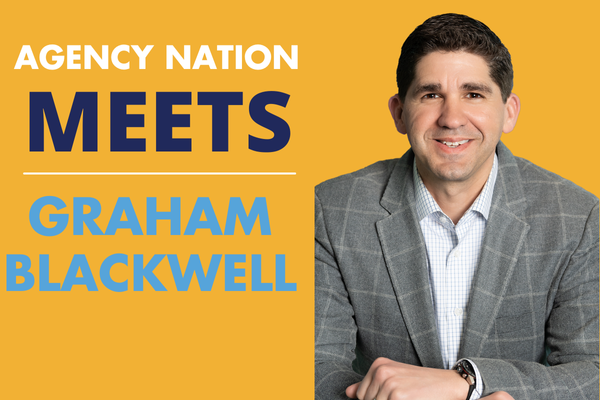Preparing Clients for Increased Terrorism, Sabotage Risks in 2024

By: Kenyon Hall
The coming year is a presidential election year. With that, typically comes a heightened threat of violence against people and property, which comes on top of an already heightened baseline.
Harassment, threats, and violence directed at local elected officials is rising at an alarming rate, according to a 2021 report by the National League of Cities (NLC). Eighty-seven percent of local officials surveyed observed an increase in attacks on public officials in recent years, while 81% reported having experienced these incidents themselves, according to the report.
The terrorism risk in the U.S. remains heightened, according to a National Terrorism Advisory System bulletin, and as the Department of Homeland Security noted in its recent “Homeland Threat Assessment 2024” report, these threats are expected to remain high in 2024. From fiscal years 2013 through 2021, the FBI’s number of open domestic terrorism cases grew by 357 percent from 1,981 to 9,049, according to the U.S. Government Accountability Office.
Ideologically motivated attacks, such as those related to political extremism, continue to be the most common type of terrorism in the West, with five times more political attacks than religious attacks, according to the Institute for Economics and Peace’s “2023 Global Terrorism Index.”
Businesses operating in the soft occupancy space, which includes stadiums, hotels, restaurants, places of worship, and multifamily developments, can be more prone to political violence.
As terrorism and sabotage risks evolve and an election year looms, insurance agents should be advising their clients on strategies for risk transfer and mitigation that are specific to the climate ahead.
As a result of the escalation in these incidents in recent years, many lenders require commercial businesses to have terrorism insurance. As more lenders require this coverage, insurance agents should work with their clients to review their policies to determine if there are any gaps that must be filled, such as securing coverage through the government-backed Terrorism Risk Insurance Act (TRIA).
Before 2001, terrorism coverage was included in most commercial property insurance policies. After the attacks on 9/11, insurers began excluding terrorist acts from policies. TRIA was created to address this issue and make terrorism coverage available to business owners, while not requiring them to make a purchase. TRIA is a federal loss-sharing program passed by Congress in November 2002, and it has been reauthorized several times over the ensuing years.
Most recently, the Terrorism Risk Insurance Program Reauthorization Act (TRIPRA) of 2019 reauthorized the program for seven years through Dec. 31, 2027. TRIPRA requires the Secretary of the Treasury to certify the attack, including that the single attack caused more than $5 million in losses. Additionally, the total aggregate of annual terrorism losses must be greater than $200 million.
While TRIA is an option, clients who are not required to have terrorism and sabotage insurance coverage should view rising threats and risk exposures in this area as the impetus to proactively consider their coverage options and purchase a policy.
Agents can help clients understand the risks associated with their business and how risk increases with higher-profile targets, as well as share best practices in mitigation and loss prevention. Providing detailed assessments and explaining protections through hypothetical claim scenarios are other ways agents can help inform their clients.
Since TRIA was first enacted, the terrorism and sabotage insurance market has matured, with more private insurers entering the market. While the market is not vast, there is a steady presence of insurers in the space.
With private coverage available that is often more competitively priced than TRIA-backed coverage, agents should make their clients aware that there are affordable options that can meet their needs. Agents also should help clients understand that private insurance does not hold the same requirements as TRIA and typically gives them more flexibility and lower premiums.
Evolving terrorism risks means that agents should regularly check in with their clients to review changes to their exposures and ensure they are appropriately covered. As the election year nears—and with it the potential for increasing threats of terrorism and sabotage—now is the time for agents to work with their clients in the soft occupancy space to explore the right coverage.
Kenyon Hall is CEO of Terrorism Risk Solutions, a managing general agent licensed in 50 states and backed by a carrier with an AM Best A+ XV rating providing property, casualty, and active shooter coverage solutions.










